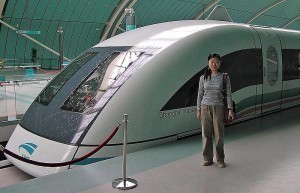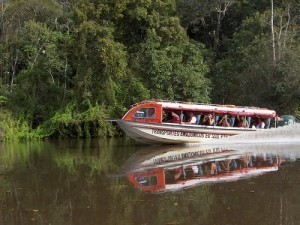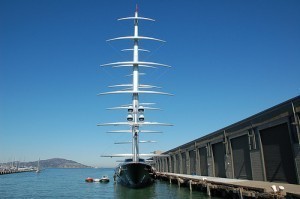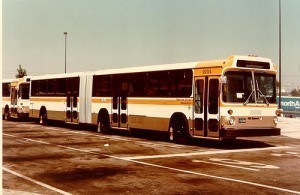Landing Gear Wheel Dimensions
An aircraft’s landing gear is otherwise known as the 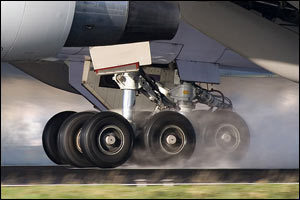 undercarriage. This is the part of the airplane which is a structure made of several parts that supports it while on the ground. With it an aircraft can land, take off, and taxi. The most common type of undercarriage everyone is familiar with is a landing gear wheel. The other types of landing gears include floats and skids.
undercarriage. This is the part of the airplane which is a structure made of several parts that supports it while on the ground. With it an aircraft can land, take off, and taxi. The most common type of undercarriage everyone is familiar with is a landing gear wheel. The other types of landing gears include floats and skids.
Landing Gear Wheel Sizes
Landing gear wheels are the most common type of undercarriage and are the ones most people are aware of. Different aircrafts have different dimensions of landing gear wheels. Other than that each aircraft model has a different sized wheel as well. The size and dimensions of the wheel will depend on many factors including the size and capacity of the aircraft.
For instance, if we compare two different models we will immediately see a difference in the dimensions of each model’s nose wheel. A Boeing 747-200 will have its nose wheel dimensions as follows: ply rating 30/32; dimensions 49 x 17 tire. However, a Boeing 767 H32 X will have the nose wheel dimensions as follows: ply rating 20/22; dimensions 14-15. A Douglas DC-9-50 will have tire dimensions at 26.6 x 6.6CH and a 10 ply rating. A Douglas DC10-30 has tire dimensions as 40 x 15.5 and 26/28 ply rating.
Gear Arrangements
Depending on the type of aircraft you’re looking at, there will be different gear arrangements on the each plane. There are basically a couple of conventions regarding gear arrangement. First arrangement has a couple of main wheels at the plane’s front and a smaller wheel at the rear. This type of arrangement is called the conventional undercarriage.
The second type of arrangement is called the tricycle undercarriage. Obviously there will be three wheel assemblies for this type of gear arrangement. Two of these assemblies are located underneath the wings and the third one is under the nose. As you might have guessed, the conventional undercarriage was popular when planes only used propellers and the tricycle undercarriage are more common with today’s modern aircrafts.
Dealing with Larger Aircrafts
Dealing with larger airplanes will of course necessitate the use of larger gears. Not only would you expect that the gears on these colossal aircraft to be a lot larger than what you imagine, there will also be more gears mounted on a larger aircraft as well. The bigger the airplane the more wheels were usually added. For instance the Antonov An-225 has as many as 32 tires mounted onto it.
Another feature of new landing gears is that they are now retractable. This is quite common today since the design is now made more aerodynamic. The size and number of gears on an aircraft will depend on its overall capacity and weight.
